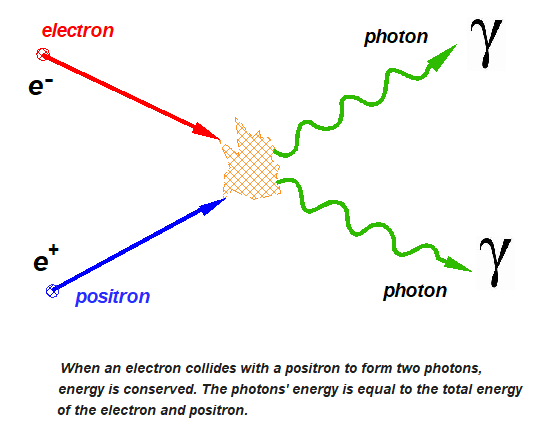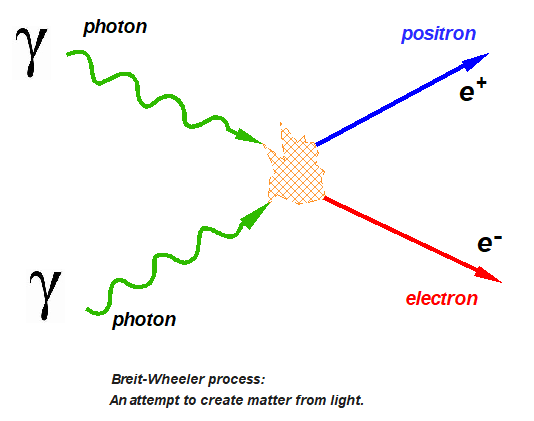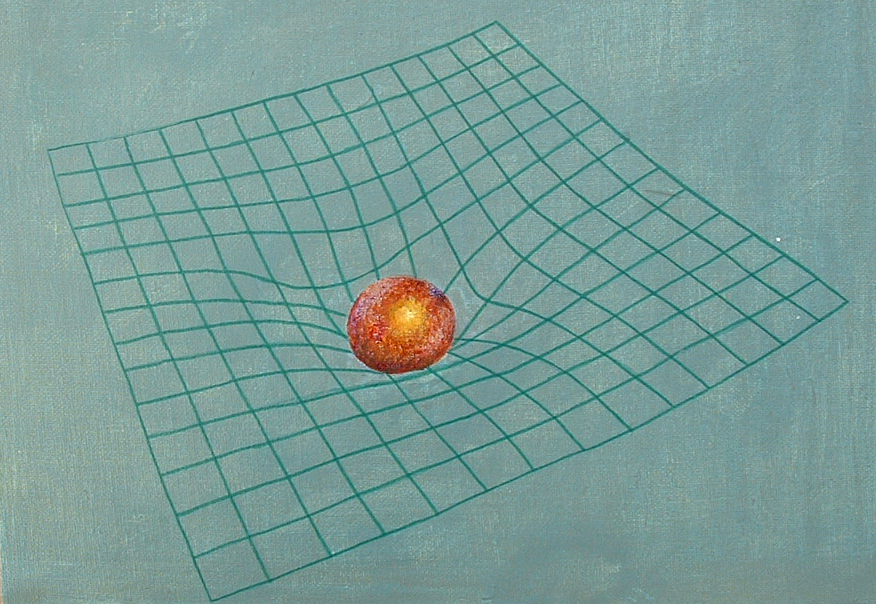Light and Matter after the Big Bang
The Big Bang theory, first proposed in 1927 by physicist and priest Georges Lemaître, describes the origin and evolution of the universe. In its first moments, 13.7 billion years ago, before its meteoric expansion, scientists believe that the universe was reduced to a point the size of a pinhead and extremely hot.
In 1929, astronomer Edwin Hubble confirmed that the universe is expanding. The greater the distance between celestial objects, the faster they move away from each other. This means that everything in the universe was indeed once concentrated into a single point.
The chance discovery of cosmic microwave radiation in 1965 by Arno Penzias and Robert Wilson confirmed the significance of the standard Big Bang model. The thermal radiation does not reach back as far as the initial singularity but to about 380,000 years after the Big Bang, when light was decoupled from matter.
What the universe was like during the first second of its existence—the question that particle physics seeks to answer—will probably remain a mystery.
It is generally accepted that current physics theories help us understand what our universe was like one second after it was born.
High-energy photons of light collided to produce matter in the form of particles (electrons) and antiparticles (positrons). When these particles and antiparticles collide in an extremely violent process, they disappear in a flash of light, and new pairs of photons are produced.
In the so-called recombination epoch, defined as the period ranging from a few minutes to 380,000 years after the Big Bang, free electrons combined with atomic nuclei to form atoms and then molecules. Once the universe had expanded and cooled to about 3000°C, photons no longer had the necessary energy to transform into pairs of electrons and positrons. Instead, they remained as photons that interacted with matter much less. Photons that were previously captured by free electrons could be released and spread throughout the universe, which became opaque.
Nevertheless, electrons, positrons, and other particles of matter continued to collide, producing more and more photons. Photons, which have no mass, could then travel freely throughout the universe.
Learn more about the
Primordial Universe
From Matter to Light
In 1928, Paul Dirac demonstrated that each type of particle is associated with an antiparticle of the same mass. For example, an electron has an electric charge (-). The electron’s antiparticle, the positron, has the same mass as the electron but the opposite electrical charge (+). When an antiparticle collides with a particle, both of them disappear and are transformed into electromagnetic radiation made of photons. Matter is annihilated and turned into light.
Albert Einstein’s theory of relativity shows that matter and energy are interchangeable, as seen in the famous formula E = mc2.

Hen a particle and its antiparticle collide, they emit energy that results in two photons. The total energy transported by the photons is equal to the energy of the mass in the system before collision. The transformation of matter into light is a commonly accepted fact.
From Light to Matter
In 1934, Gregory Breit and John Wheeler proposed a transformation inverse to Dirac’s, that is, the creation of matter from light. Two photons of light can collide violently to produce two mass-containing elements, an electron and a positron. This is some of the boldest research ever done in quantum electrodynamics.

The experiments require considerable energy and may be close to success. If they pass, they would illustrate one of the major processes that occurred in the Big Bang, when the universe was not yet one second old.
Special Relativity and the Speed of Light
In Isaac Newton’s era, time and space were not believed to be closely linked. Information was transmitted at infinite speed. The gravitational force between two bodies far apart from each other, such as planets, instantaneously traveled across the distance. But these facts were irrational and didn’t make sense, and Newton himself was aware of that.
James Maxwell, Hendrik Lorentz, Henri Poincaré, and Einstein believed that the speed of all physical phenomena is limited to the speed of light (300,000 km/s). They concluded that it takes time to transmit information from one point in space to another. Time and space are therefore closely related; hence, the notion of space-time.
In special relativity, any interaction (or information) is transmitted at most at the speed of light, which is the same in all frames of reference.
In a Galilean frame of reference, we need three spatial dimensions (x, y, z), to which we add absolute time (t). In special relativity, space-time has four closely related dimensions (x, y, z, t).
Langevin’s twin brothers Paradox
In classical mechanics, time feels the same to a passenger on a boat sailing at constant velocity and to a person lying on the beach. Galileo and Newton believed that time is absolute.
But in special relativity, time elapses more slowly from the passenger than from the lying person. Certainly, the differences are tiny and immeasurable, but they become enormous as we approach the speed of light.
Langevin’s twin brothers Paradox (1911) is a thought experiment that illustrates the revolution introduced by special relativity. In the paradox, one twin flies aboard a space shuttle traveling at a velocity close to the speed of light. When he returns to earth, he will have aged less than his twin, who remained on the ground. And depending on the conditions, the difference can be measured in years. This paradox, which we must discuss, would later be confirmed by general relativity.
General Relativity and Gravity
The theory of special relativity was designed to reconcile Maxwell’s electromagnetism with Newton’s revised mechanics, based on frames of reference for uniform relative motion. However, the new theory contradicted the laws of gravity and of accelerated relative motion.
Gravity appears to be transmitted instantaneously, but according to the principle of special relativity, a signal cannot be transmitted at speeds faster than the speed of light.
In 1907, Einstein had a revelation when, as the story goes, he saw a worker tumble from a rooftop. As the worker fell, his tools fell at the same speed as he did. The man appeared to be free of the influences of gravity.
In a uniformly accelerated frame of reference (e.g., during a free fall), all laws of nature are the same locally. This is a generalization of Galileo’s principle of relativity—which applies to frames of reference at uniform speed—to uniformly accelerated frames of reference.
In 1915, Einstein introduced curved space-time, which is warped by the distribution of the masses it contains. The sun, for example, distorts the space-time around it, and even deflects light rays passing nearby.
In general relativity, there are no forces of attraction between planets.
Celestial bodies orbit each other due to the distribution of masses in space-time. Einstein revolutionized physics by introducing the curved geometry of space-time.

